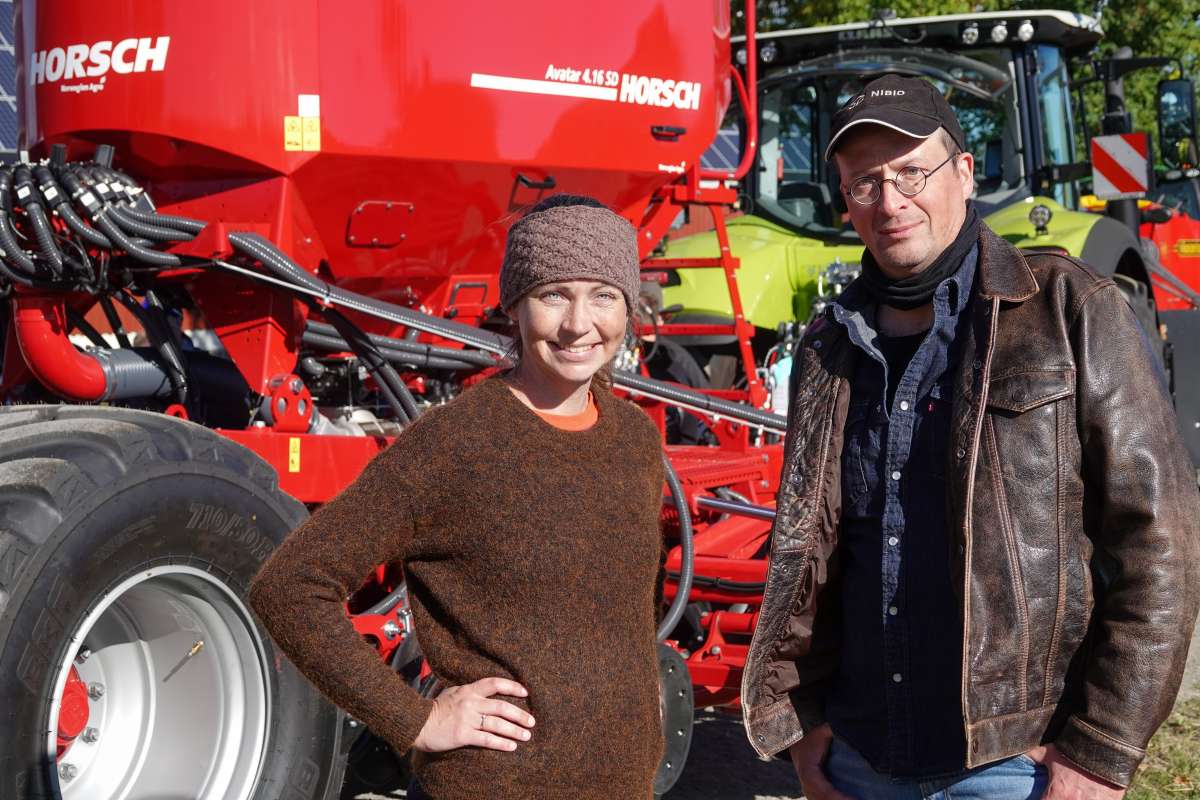Precision fertilization
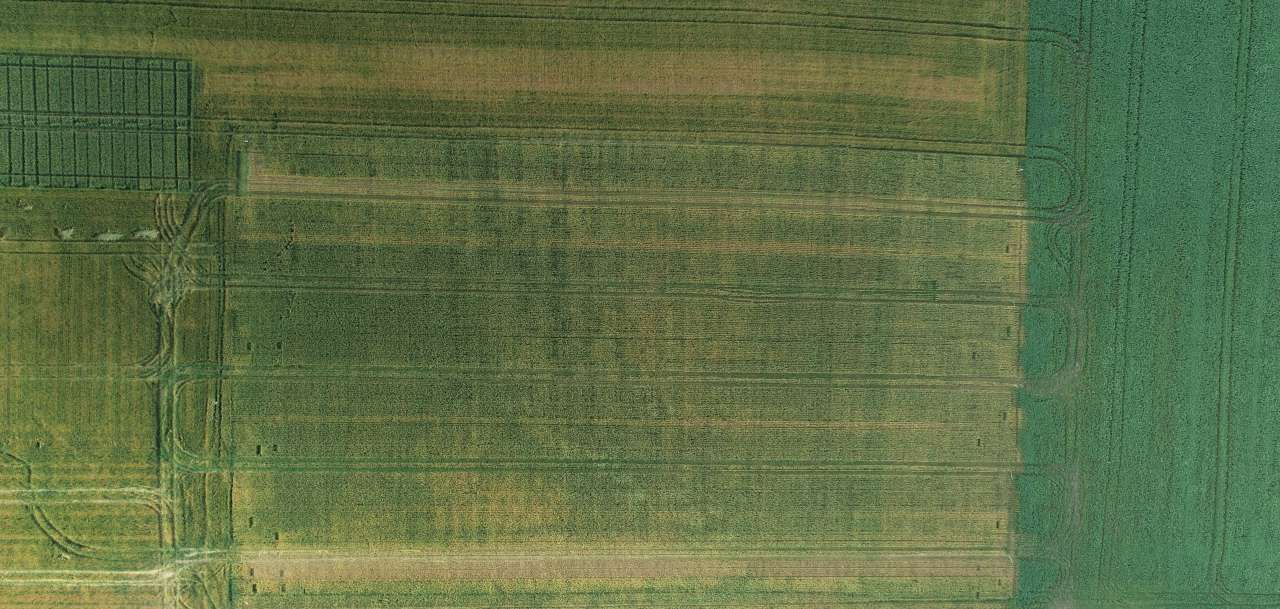
Photo: Kristian Rindal, NIBIO
Large variations within a field could indicate that precision fertilization could be a succesful strategy.
Precision fertilization means that fertilization is adapted to the plants' specific nutrient needs at different locations within a field. Precision fertilization requires effective mapping of this need, along with equipment that can efficiently apply variable amounts of fertilizer.
The need for plant fertilization will vary within a field based on variations in soil properties, topography, weather conditions, microclimate, and the impact of previous agronomic practices such as drainage, soil compaction, and crop rotation. Through precision fertilization, we aim to adjust fertilization to these variations in need by applying variable amounts of nutrients. Technologies such as GNSS, sensors mounted on platforms like satellites, drones, or ground-based equipment, along with machine learning and artificial intelligence, are used in research to map site-specific variations in fertilization needs.
Both we at the Center for Precision Agriculture and other research communities have shown that site-specific nitrogen fertilization increases farmers' profitability while also reducing negative environmental effects such as runoff.
Our work in this field began in 2001, and we have specifically focused on the challenge of identifying actual nitrogen needs when the plant is exposed to multiple stress factors simultaneously. We have examined stress factors such as too much or too little water, weed competition, and disease outbreaks. The work has primarily been focused on grains and berries.
Contacts

Contacts

Publications
Abstract
Rapid methods allowing for non-destructive crop monitoring are imperative for accurate in-season nitrogen (N) status assessment and precision N management. The objectives of this paper were to (1) compare the performance of a leaf fluorescence sensor Dualex 4 and an active canopy reflectance sensor Crop Circle ACS-430 for estimating maize (Zea mays L.) N status indicators across growth stages; (2) evaluate the potential of N status prediction across growth stages using the reflectance parameters acquired from the canopy sensor at an early growth stage; and, (3) investigate the prospect of combining the active canopy sensor and leaf fluorescence sensor data to estimate N nutrition index (NNI) indirectly using a general model across growth stages. The results indicated that data from both sensors were closely related to NNI across stages. However, using the direct NNI estimation method, among the tested indices, only the N balance index (NBI) could diagnose N status satisfactorily, based on the Kappa statistics. The effect of growth stages on proximal sensing was reduced by incorporating the information of days after sowing. It was found that the leaf fluorescence sensor performed relatively better in estimating plant N concentration whereas the canopy reflectance sensor performed better in aboveground biomass estimation. Their combination significantly improved the reliability of N diagnosis, including NNI prediction. In addition, the study confirmed that N status can be assessed by predicting aboveground biomass at the later stages using the canopy reflectance measurements at an early stage. Furthermore, the integrated NBI was verified to be a more robust and sensitive N status indicator than the chlorophyll concentration index. It is concluded that combining active canopy sensor data, of an early growth stage (e.g. V8), with leaf fluorescence sensor data, modified using days after sowing, can improve the accuracy of corn N status diagnosis across growth stages.
Abstract
Accurate and non-destructive diagnosis of crop nitrogen (N) surplus and deficit status based on N nutrition index (NNI) is crucially important for the success of precision N management to improve N use efficiency (NUE) and reduce negative environmental impacts. However, due to the variability of the reflectance data obtained from different active crop sensors and complexity of the environmental and management conditions for regional applications, accurate determination of crop N status and topdressing N rate only using active canopy sensor data is very challenging. The objectives of this study were to (1) develop an in-season N status diagnosis and recommendation model based on NNI prediction using multi-source data fusion with machine learning, and (2) evaluate the accuracy of N diagnosis and recommendation in terms of rice yield and NUE under diverse on-farm conditions. Thirty plot experiments and thirteen on-farm experiments were conducted in Qixing Farm, Jiansanjiang, Northeast China from 2008 to 2018, and the dataset was used for the model calibration, validation, and evaluation. Two indirect and one direct NNI prediction methods using simple regression, stepwise multiple linear regression (SMLR) and random forest regression (RFR) were compared for N diagnosis and then integrated into N recommendation model. The results indicated that combining environmental and agronomic variables with crop sensor data improved the SMLR and RFR model performance by 1–16% and 9–40% over the corresponding models only using crop sensor data, respectively. The direct NNI prediction approach achieved slightly better N status diagnostic accuracy (areal agreement = 84% and Kappa statistics = 0.71) than indirect NNI prediction strategies based on plant N uptake and ΔN estimation (areal agreement = 81% and Kappa statistics = 0.67) or aboveground biomass and plant N uptake estimation (areal agreement = 77% and Kappa statistics = 0.58) across plot experiments and diverse on-farm conditions, based on multi-source data fusion with random forest regression models. About 82% of recommended N rates by the developed integrated in-season rice N diagnosis and recommendation model were within ±10 kg ha−1 of the measured economic optimum N rate across different varieties, environmental conditions and transplanting densities. Precision rice management based on in-season N diagnosis and recommendation decreased N rates and increased N partial factor productivity (PFPN) by 23% over regional optimum rice management, and significantly increased yield (7–11%) and PFPN (33–77%) over farmer's management. More studies are needed to develop in-season N diagnosis and recommendation strategies for applications across different regions and combine them with integrated precision rice management strategies for food security and sustainable development.
Abstract
No abstract has been registered
Abstract
Hydroponic production of strawberry (Fragaria × ananassa Duch.) in protected cultivation systems using substrates (growing media) is gaining popularity worldwide. Therefore, it is necessary to develop more sustainable growing media alternatives. This study focused on growth performance of strawberry plants grown in wood fibre from Norway spruce (Picea abies (L.) H. Karst.), in comparison to two industry standards (peat and coco fibres). Plug (tray) plants of the June-bearing strawberry cultivar 'Malling Centenary' and bare root (WBH) plants of cultivar 'Sonata' were transplanted into three different growing media: peat (80%) and perlite (20%) mixture, coconut coir (100%) and Norway spruce wood fibre (100%). The plants received four fertigation strategies (various potassium and nitrogen concentrations) from flowering onwards. Throughout the production season ripe berries were harvested and frozen for later analyses of chemical composition. Plant architecture was also recorded after termination of the experiment. The results revealed that the most significant differences among the majority of the fruit and plant parameters were due to cultivar traits. Strawberries grown in wood fibre produced slightly smaller berries with elevated °Brix and dry matter compared to berries from plants grown in peat and coir. This was most likely caused by the common fertigation strategy applied to all substrates. Nevertheless, among the tested fertigation strategies, application of solutions with elevated potassium resulted in the highest sugar accumulation in berries grown in wood fibre substrate. In general, the experiment revealed relatively negligible differences between the growing media, and we therefore conclude that wood fibre from Norway spruce may be a viable alternative as a growing media in hydroponic strawberry production when the fertigation strategy is precisely adjusted.
Abstract
No abstract has been registered
Abstract
No abstract has been registered
Abstract
No abstract has been registered
Projects
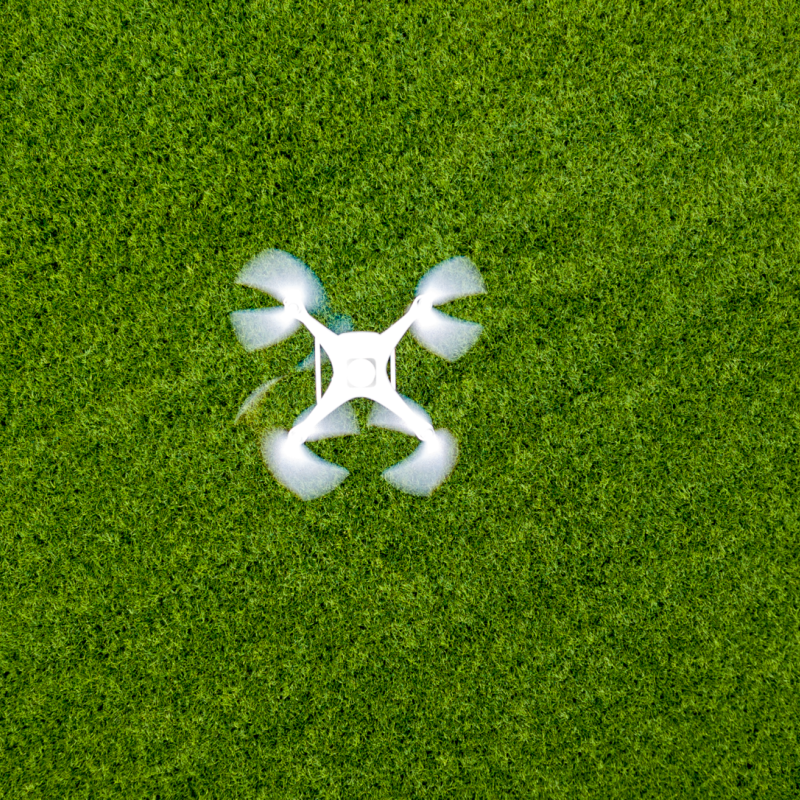
Division of Food Production and Society
PRESIS
I PRESIS, et nytt femårig samarbeidsprosjekt, skal NIBIO være med å videreutvikle teknologiske løsninger for enda bedre presisjonsjordbruk, og samtidig sørge for at løsningene kommer ut i praksis til gårdene.
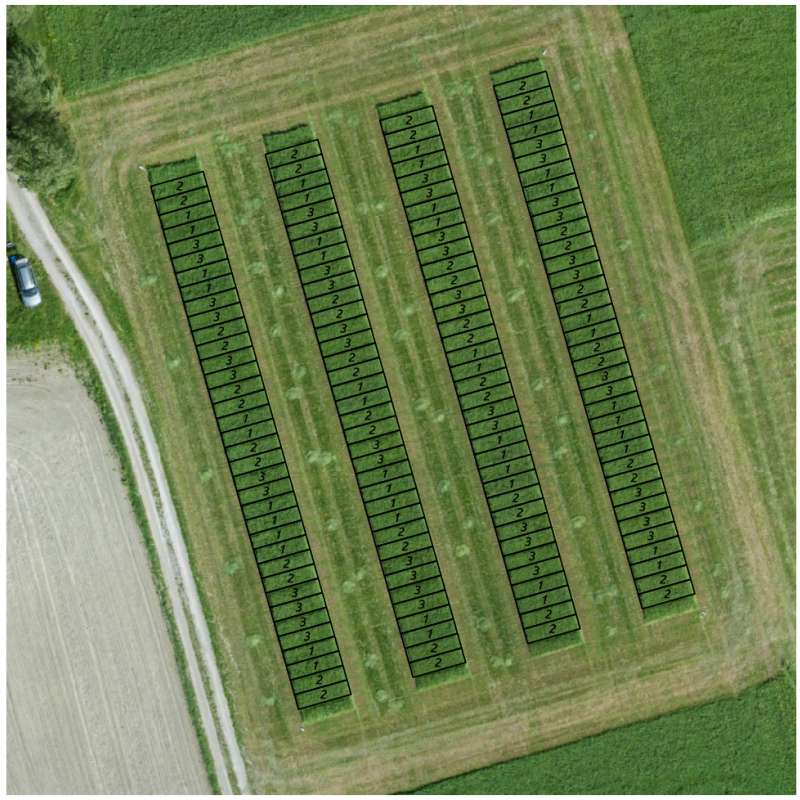
Division of Food Production and Society
IMPRESS
IMPRESS - Økt presisjon og målretting i gjødsling og avlingsfremmende tiltak i grovfôrproduksjonen Hovedmålet med prosjektet er å heve avling og kvalitet i norsk grovfôrproduksjon gjennom å utvikle og tilpasse presisjonsteknologi, modeller og tiltak for stedsspesifikk bruk av innsatsfaktorer, og for identifikasjon og forbedring av lavtytende områder i enga
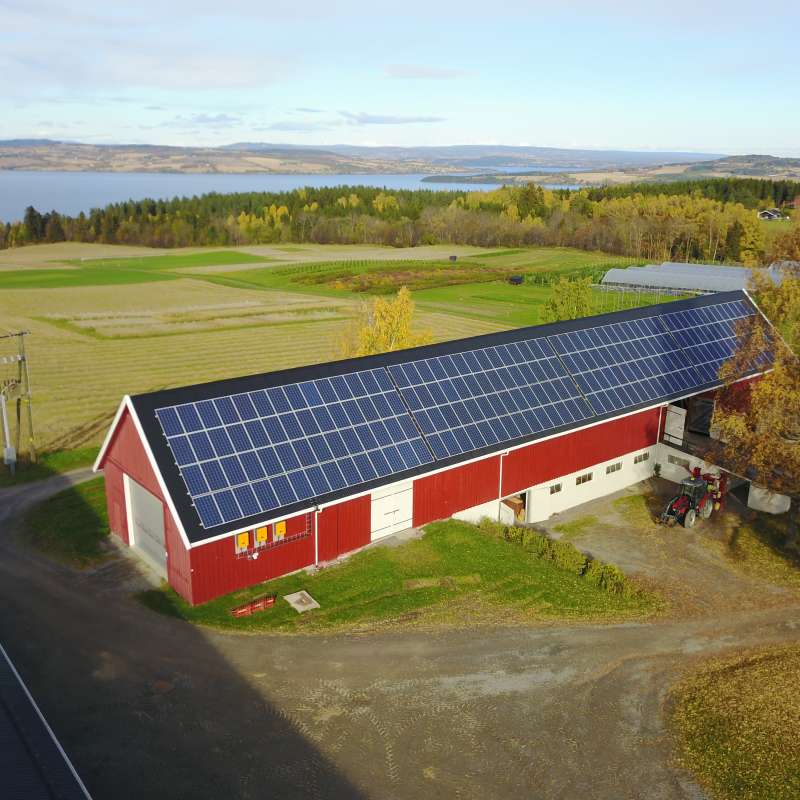
Division of Food Production and Society
SolarFarm
SolarFarm - En systemstudie av hvordan solstrøm produsert på gårdsnivå kan drive elektriske og delvis selvstyrte farkoster i et presisjonsjordbruk med reduserte utslipp av klimagasser

